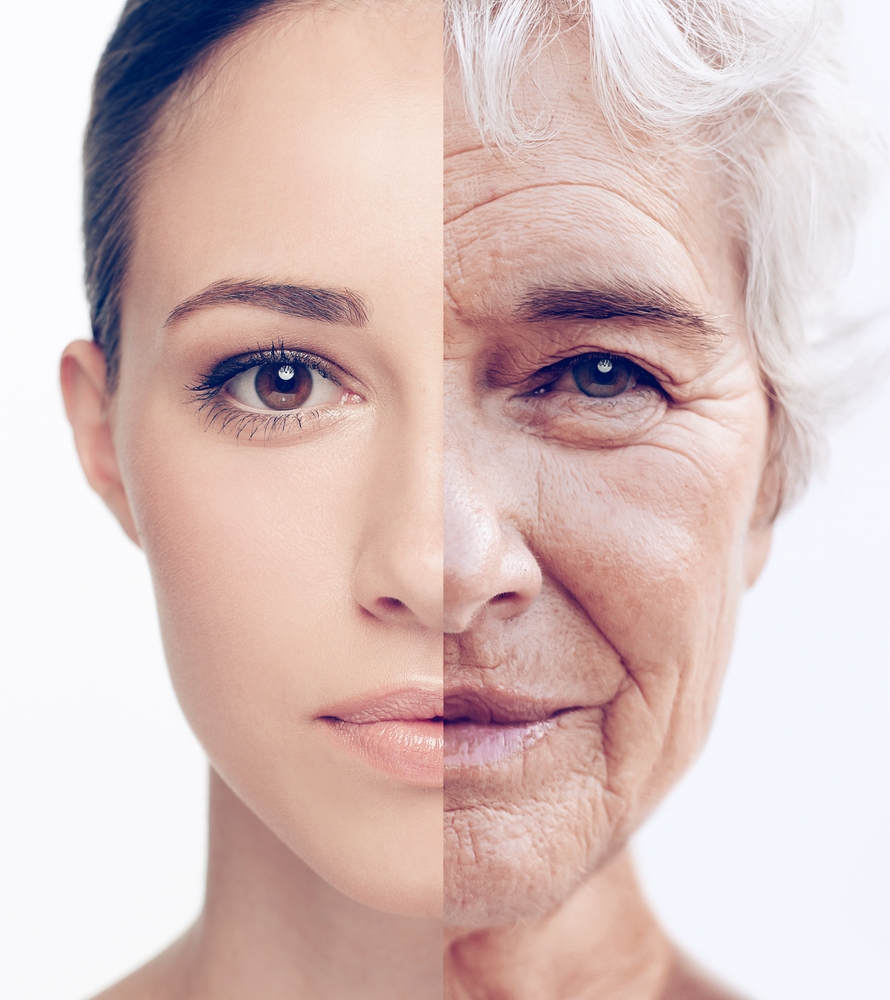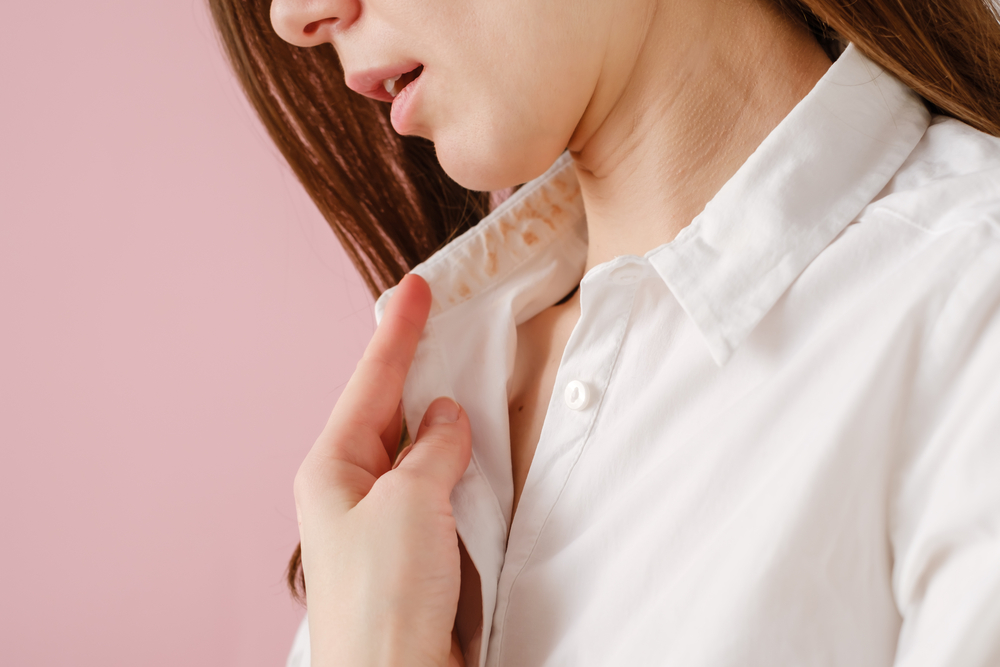In the beauty world, the clean, natural, and organic movement is taking off for good reason. Our skin is the largest organ in our body and absorbs ingredients topically into our cells and bloodstream, so just as we pay attention to the food we eat, we should be careful of what we apply to our face and body. Always read the label to avoid these toxic ingredients commonly found in beauty products.
1. Parabens
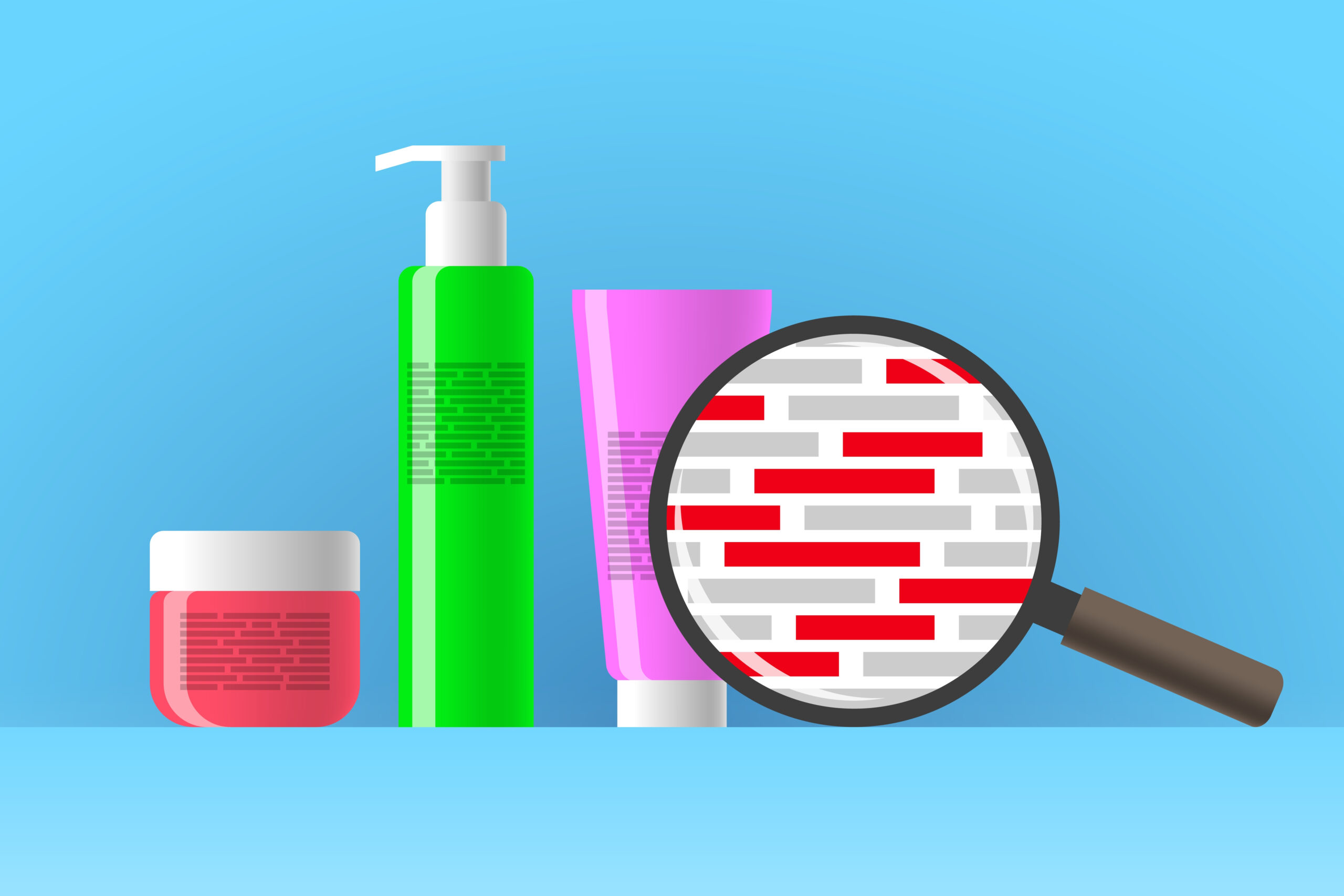
Parabens are antimicrobial preservatives used in skincare, makeup, sunscreen, and toothpaste to prevent the growth of fungi and harmful bacteria. This chemical can irritate the skin cause sensitivity and disrupt hormone function as it’s said to mimic estrogen and has been linked to an increased risk of breast cancer. “Choose skincare and makeup products that are noncarcinogenic, free of toxic chemicals, and infused with highly efficient antioxidants and plant-based organic ingredients,” says skincare expert and holistic healer Monica Watters.
2. Phthalates (DEP)
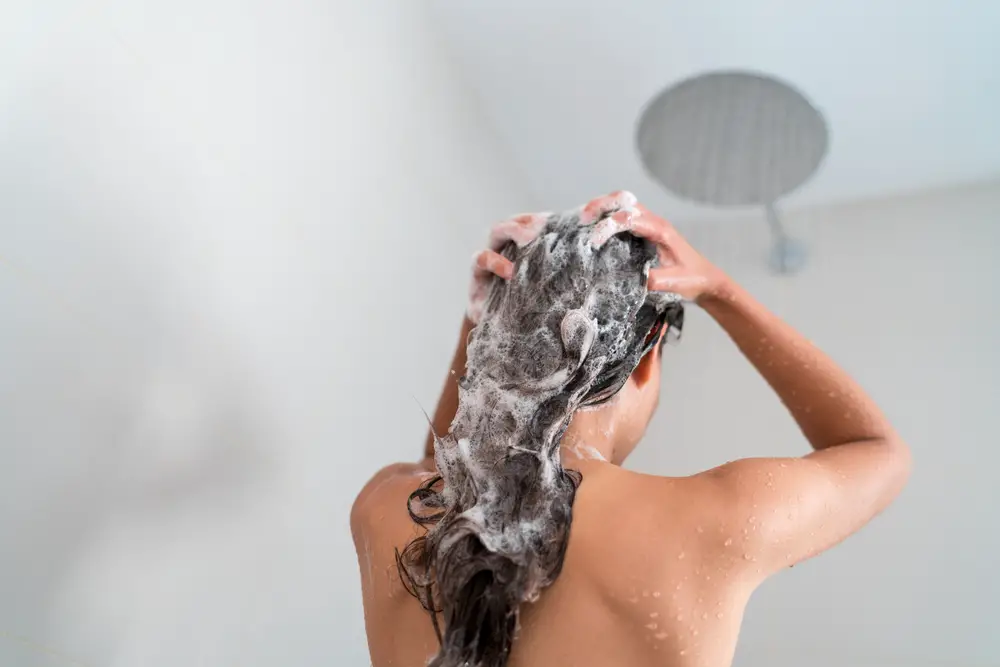
Phthalates are added to perfumes, haircare, deodorant, body wash, and nail polishes to make the scent last longer and to soften plastics. This chemical also interferes with hormone function and can lead to reproductive issues and more serious health conditions like cancer, according to the National Library of Medicine.
3. Sodium Lauryl Sulfate (SLS)
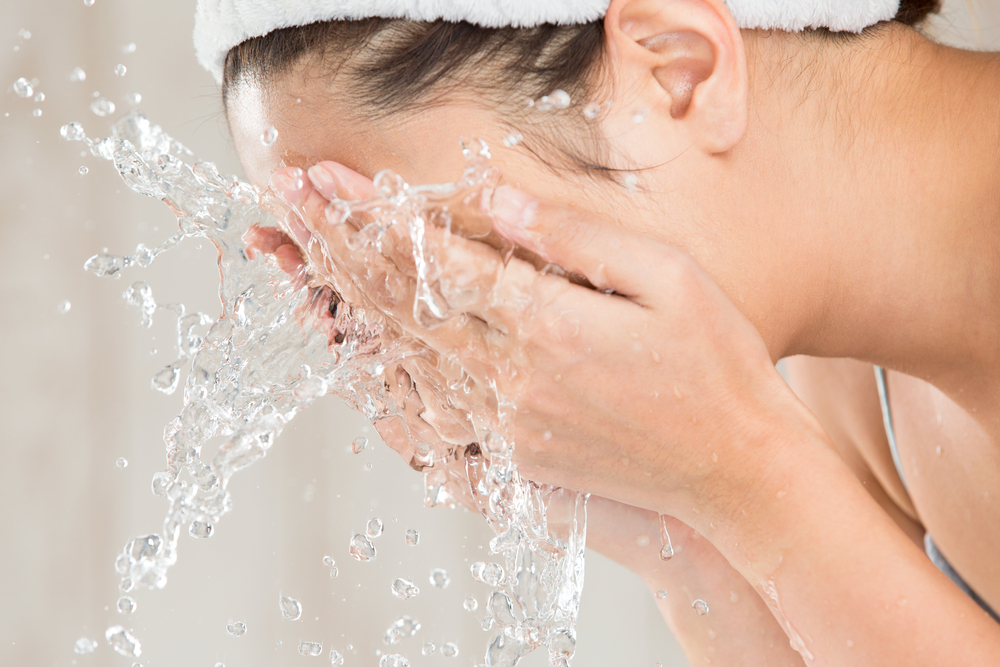
Sodium Lauryl Sulfate is a surfactant used in shampoos, soaps, body washes, cleansers, and toothpaste to create lather. This chemical can penetrate beyond the skin’s surface and strip it of its natural oils causing irritation, dryness, clogged pores, and allergic reactions.
4. Formaldehyde

Formaldehyde is a preservative that also helps prevent the growth of bacteria in nail polish, hair styling products, soap body washes, and alarmingly baby shampoo products. It is a known carcinogen— a chemical that increases the risk of cancer — and causes allergic skin reactions, irritation, and sensitivity and leads to respiratory issues.
5. Toluene
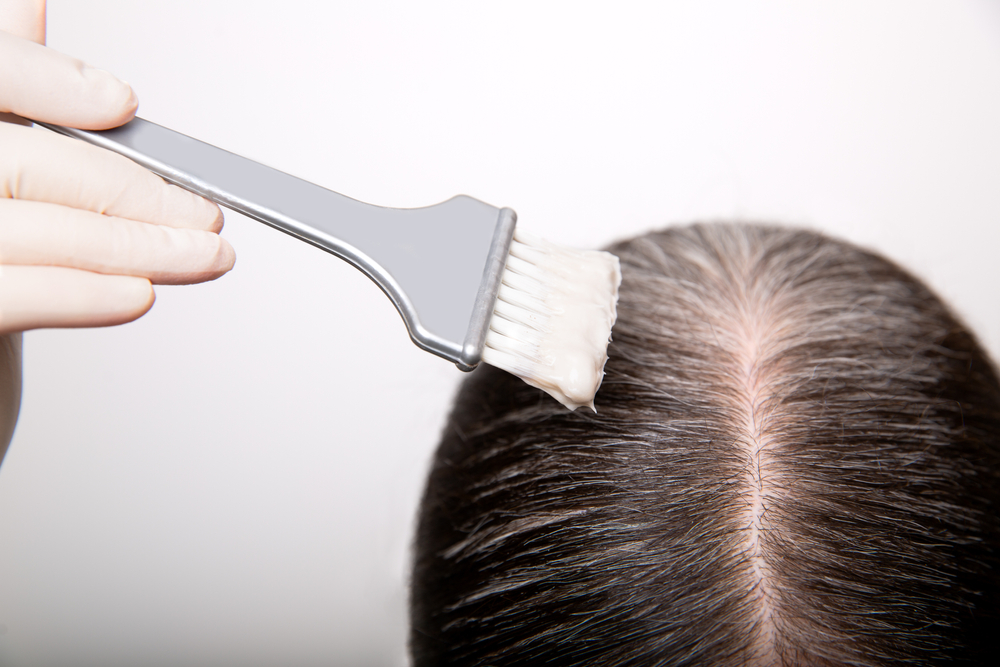
Toluene is a solvent commonly present in nail polish and hair dyes. In the home, you can also find it in paint thinners, glues, inks, and stain removers so that should be warning enough to avoid it all costs. This toxic chemical can cause respiratory issues, skin irritation, and damage to the nervous system.
6. Triclosan
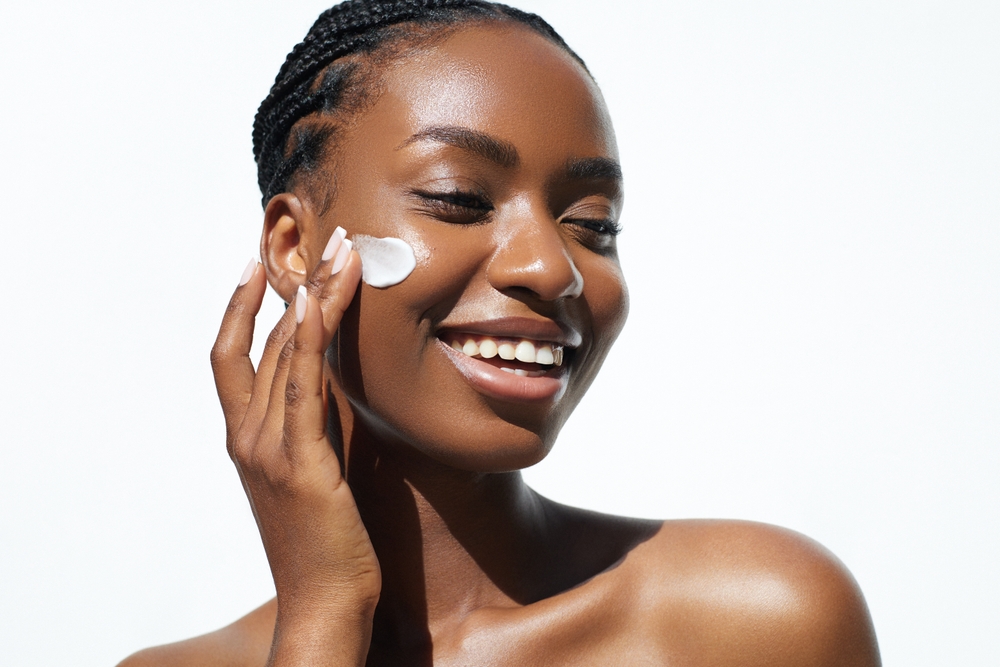
Triclosan is an antibacterial agent that can be added to skincare, soaps, makeup toothpaste, and deodorants for its antiseptic properties. It is also a toxic solvent found in disinfectants, paint thinners, and silicone sealants. Ingesting it or applying it to your skin can cause hormone function, antibiotic resistance, anxiety, confusion, and irritation in the skin, liver, and kidneys.
7. Oxybenzone
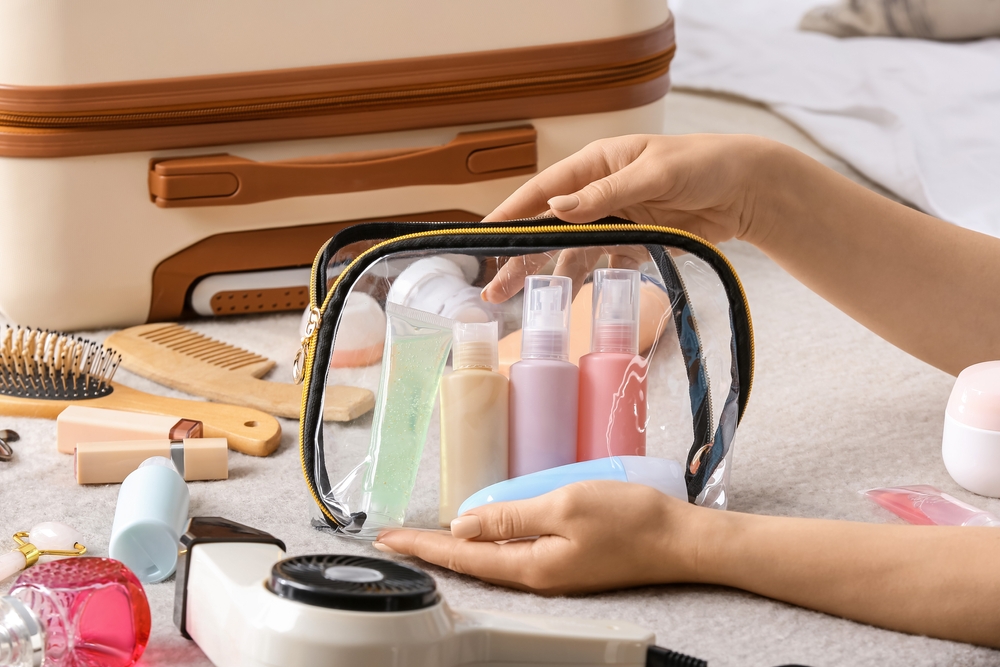
Oxybenzone is a common ingredient in chemical sunscreens and can also be present in hairspray and cosmetics. A hazardous irritant and allergen when absorbed into the skin can disrupt hormone function, damage the skin’s health, and lead to serious health issues. Always use a mineral-based sunscreen containing zinc oxide or titanium dioxide.
8. Polyethylene Glycols (PEGs)
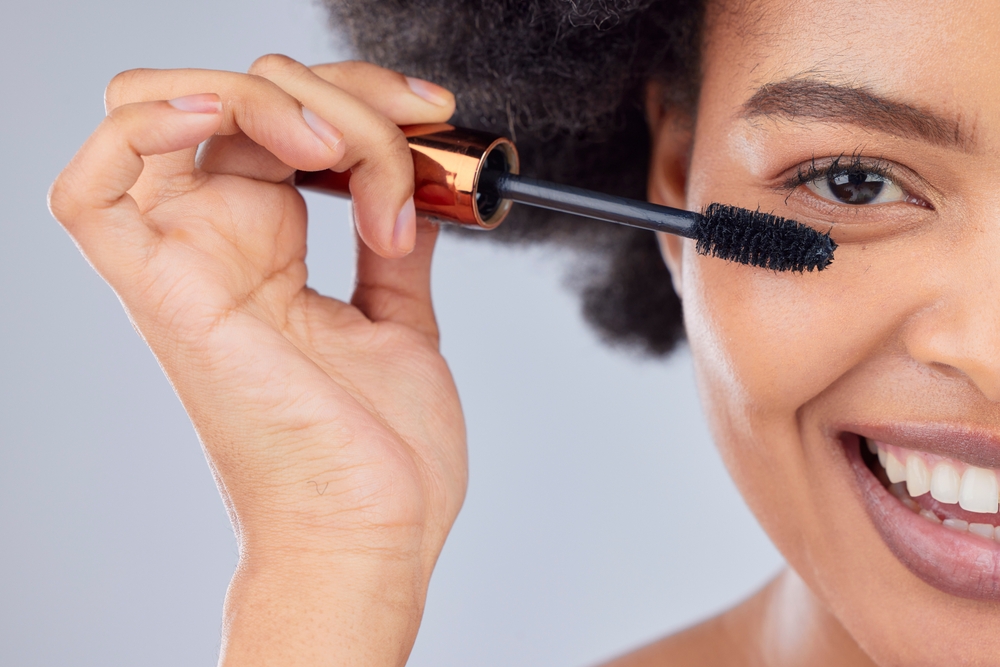
PEGs are used as thickeners, solvents, and softeners that are used in most cosmetics including skincare, shaving cream, shampoo and conditioner, hair spray, lipstick, and mascara. They are also often contaminated with ethylene oxide, a known carcinogen that can cause cancer, systemic toxicity, and skin irritation and damage.
9. Retinyl Palmitate
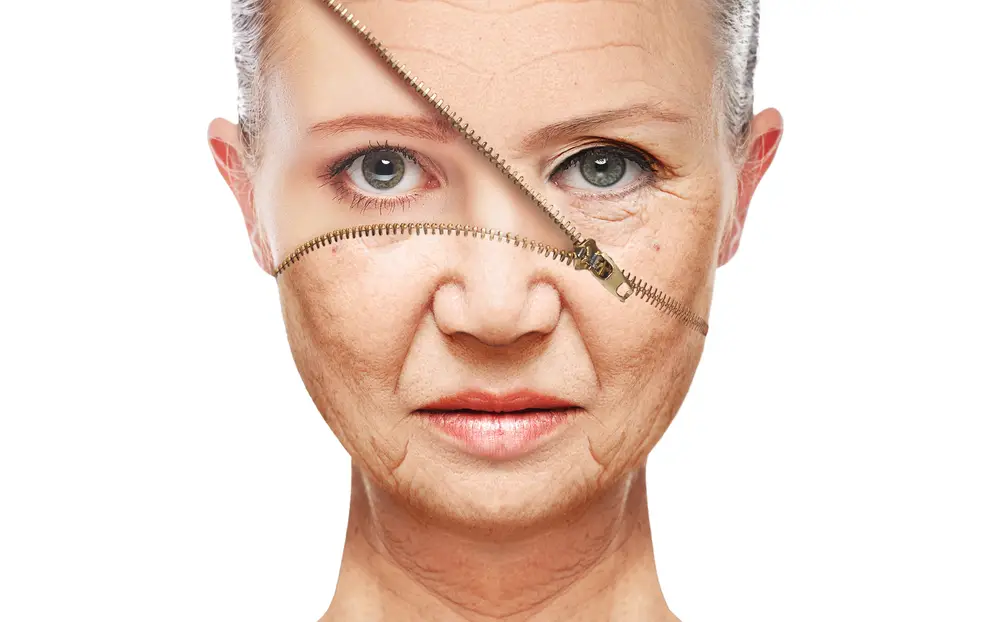
Retinyl Palmitate is a form of vitamin A found in some anti-aging skincare products. This toxic ingredient makes the skin extra sensitive to the sun so using it can lead to sun damage, pigmentation, skin tumors, and lesions. As a highly potent ingredient, vitamin A isn’t suitable for all skin types, particularly sensitive ones, and should always be used at night and be free of harmful additives.
10. Lead
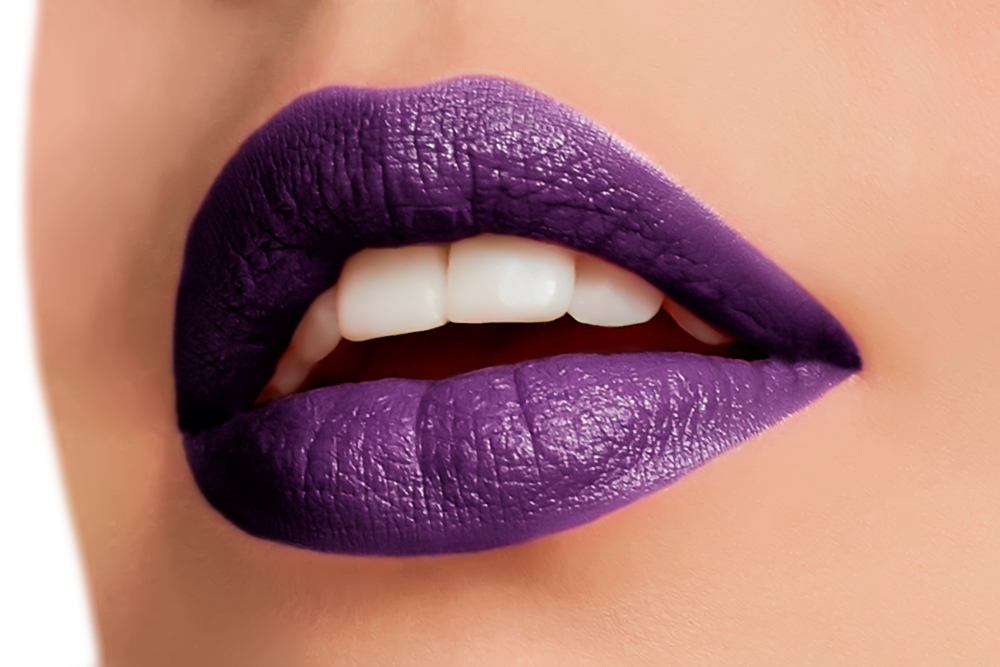
Lead is a toxic metal contaminant used in lipsticks, sunscreens, foundation, hair dyes, and whitening toothpaste. It can cause neurotoxicity, health and development issues, and cause the skin to mottle and peel leaving long-term scarring.
11. Synthetic Fragrances
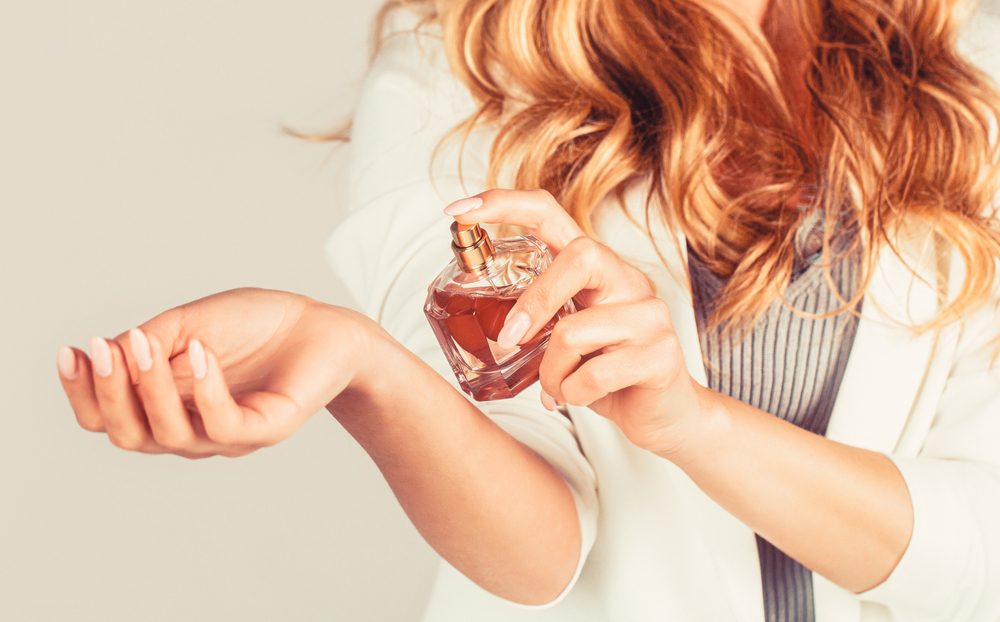
Synthetic fragrances contain hundreds of harmful chemicals and are often used in skincare, body moisturizers, hair care, deodorant, and perfume. The term “parfum” is used to hide a multitude of nasties. This chemical can cause skin reactions, irritation and dermatitis, hormone disruption, and respiratory issues.
12. Hydroquinone
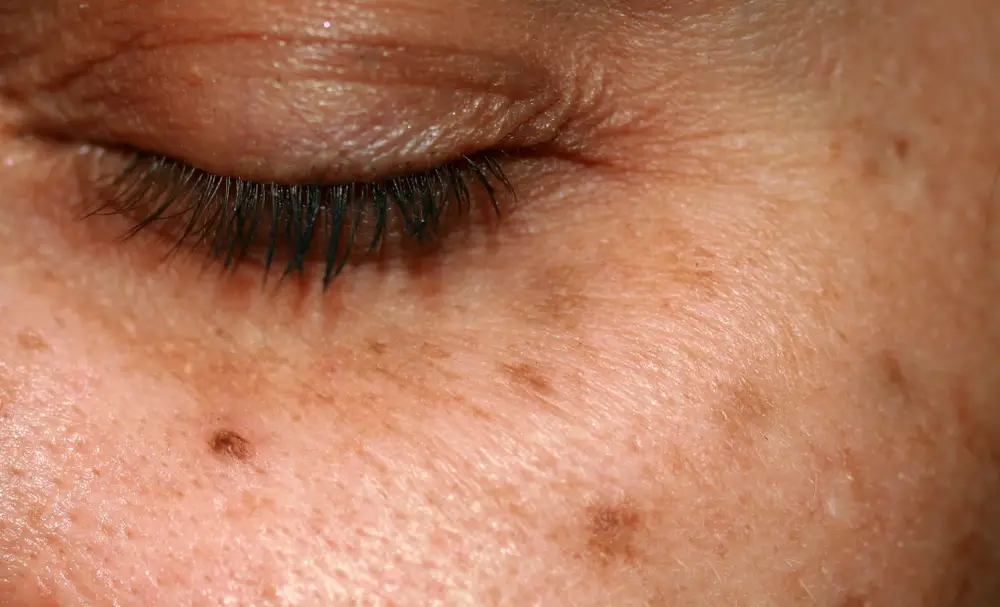
Hydroquinone is a chemical compound used in skin-lightening products to brighten the complexion and reduce the appearance of dark aged spots.The FDA has received reports of serious side effects from continued use of hydroquinone such as skin rashes, facial swelling, and permanent skin discoloration (ochronosis). It has also been linked to cancer.
13. Butylated Hydroxyanisole (BHA)

BHA is often used as a preservative in beauty products containing oils and fats such as lipsticks, eyeliners, and moisturizers. This toxic chemical can cause skin depigmentation, endocrine disruption, and organ-system toxicity and has also been linked to cancer.
14. Siloxanes

Siloxanes are a common component of hair and skin care products for their smoothing, softening, and moisturizing properties. These chemicals are toxic and can interfere with hormone function and are suspected endocrine disruptors that can cause reproductive health and liver issues. Always choose “silicone-free” products to be safe.
15. Petrolatum
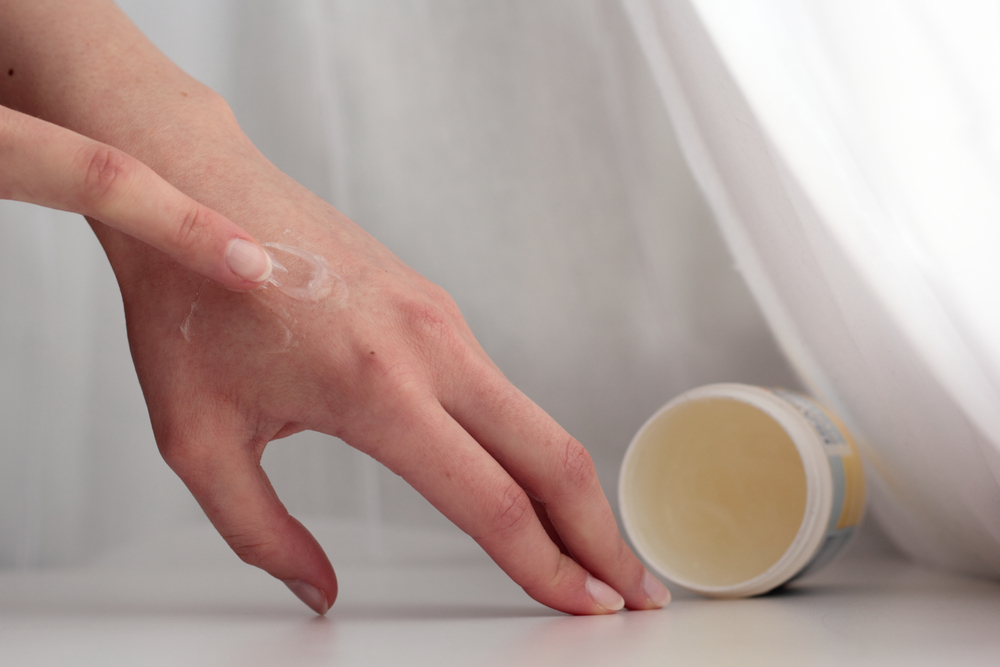
Petroleum jelly is made from leftover petroleum material from oil and gas production and is a thick, waxy emollient that can be used as a moisturizer. The ingredient is also found in body washes, body lotions, and hair conditioners and is banned in Europe as it is a by-product of gasoline and is possibly carcinogenic.
20. Synthetic Coloring
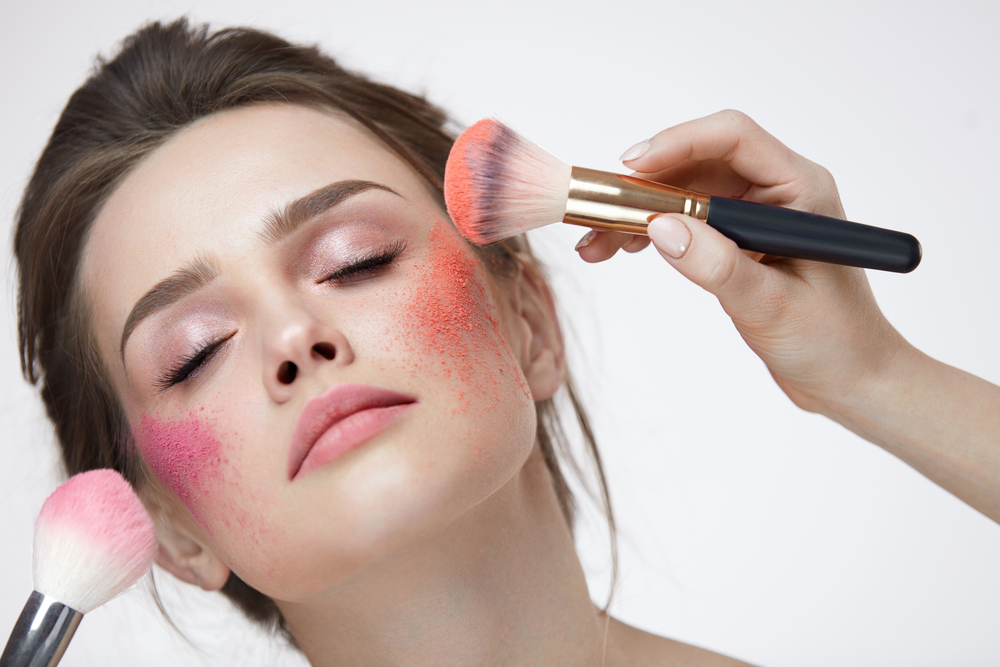
Synthetic colors are used to make beauty visually appealing. When absorbed into your skin, artificial colors disturb the natural oil balance in the skin’s microbiome resulting in irritation, blocked pores, inflammation, blemishes, and sensitive skin conditions. They have also been linked to cancer.

